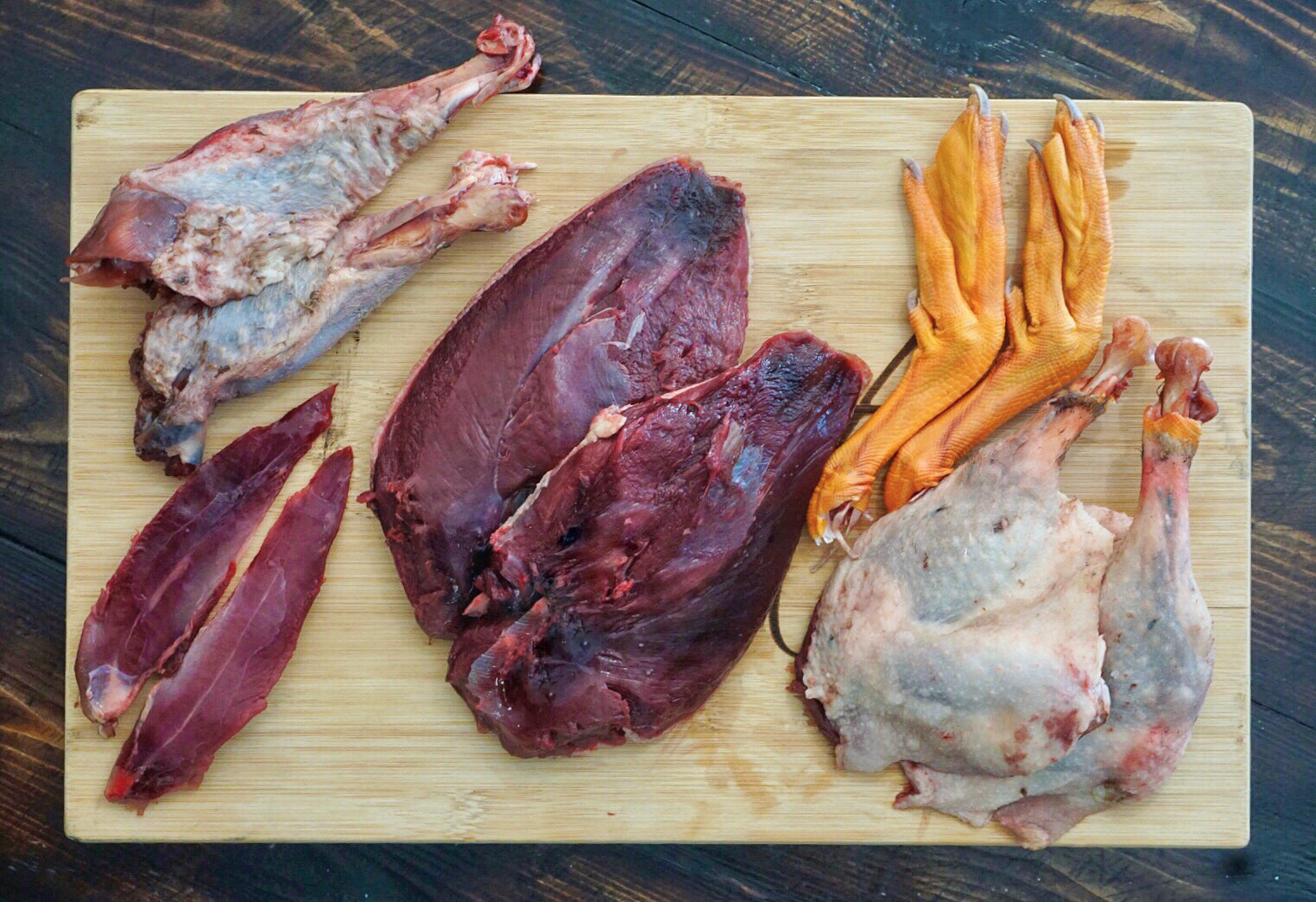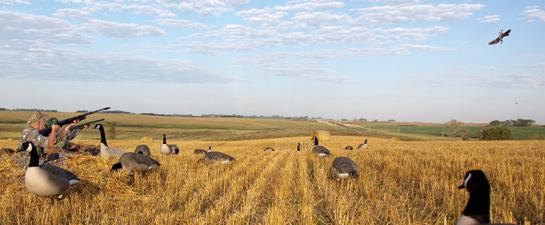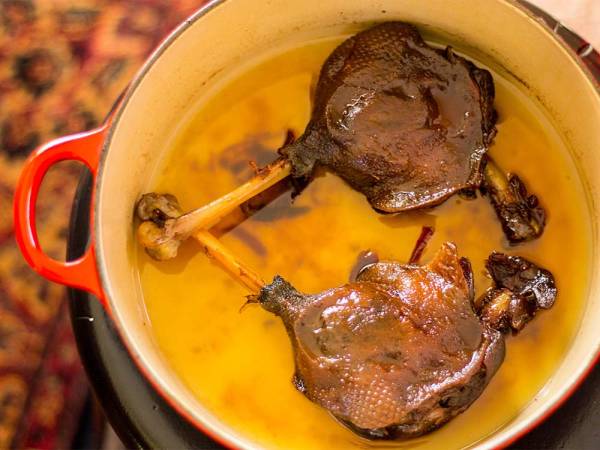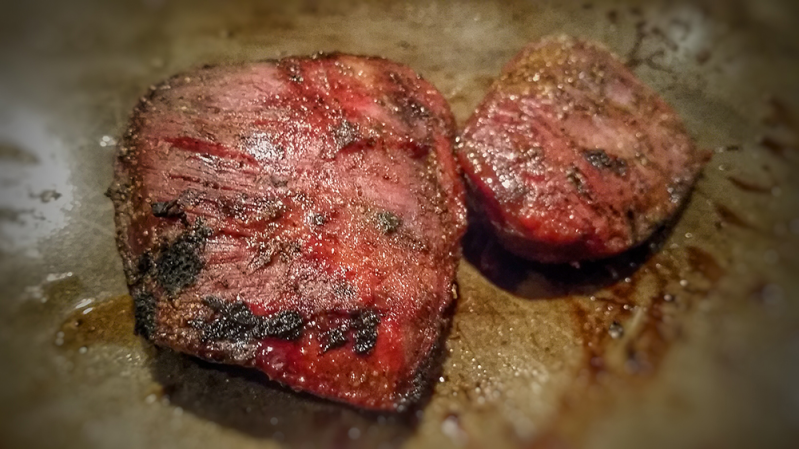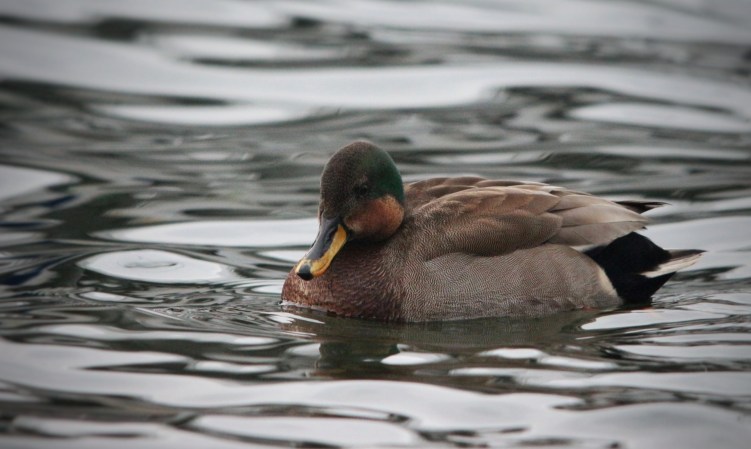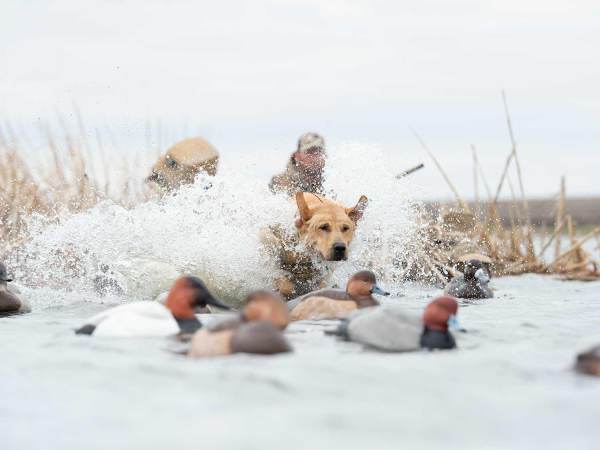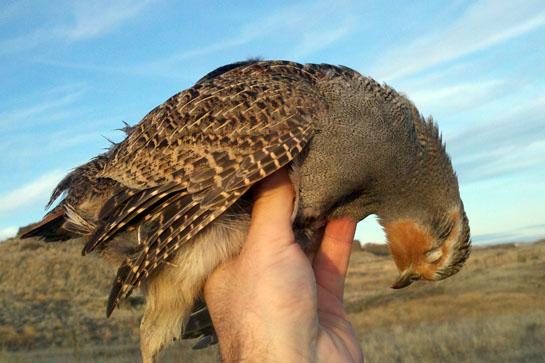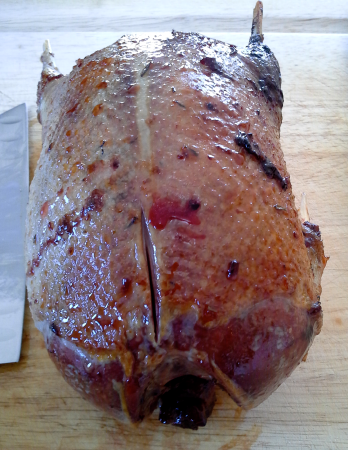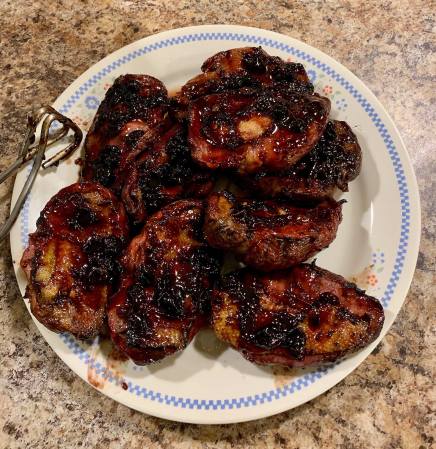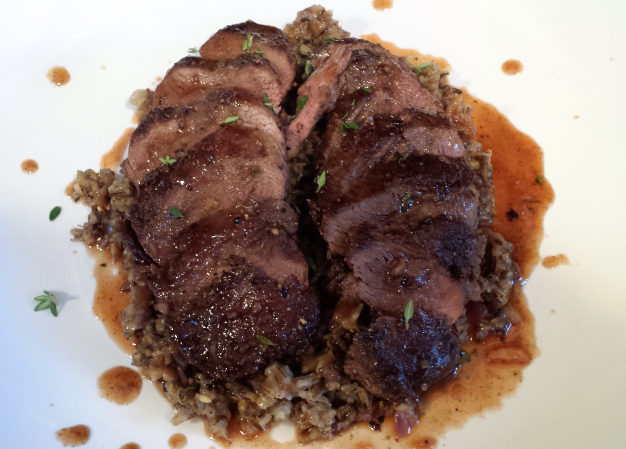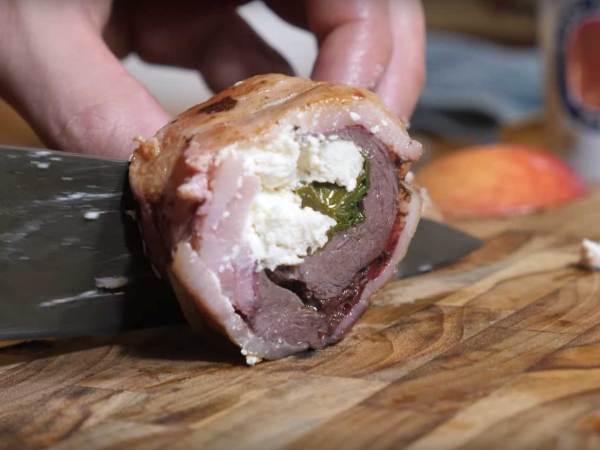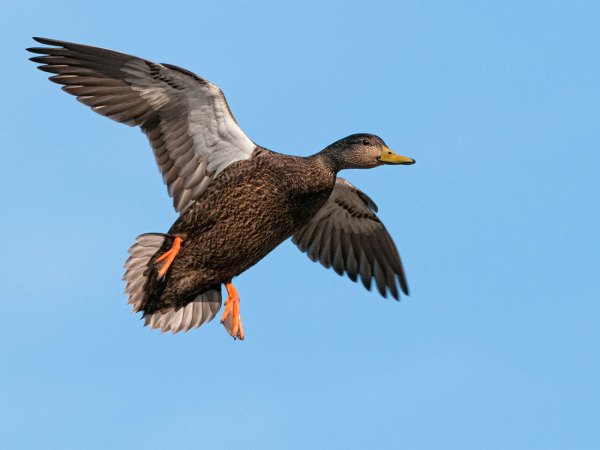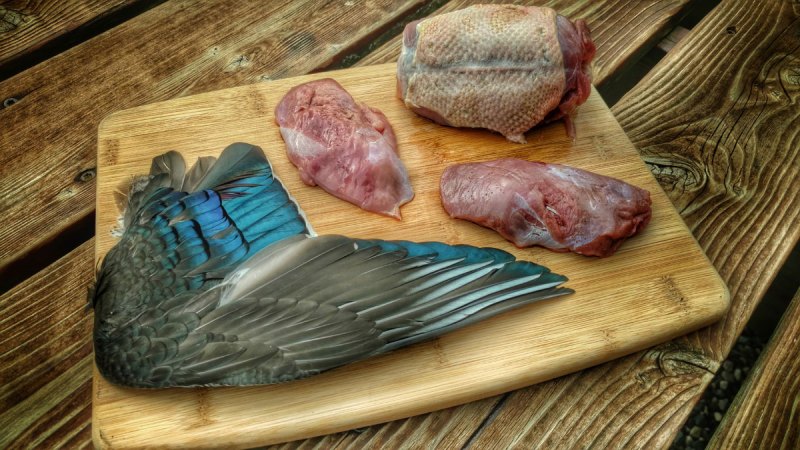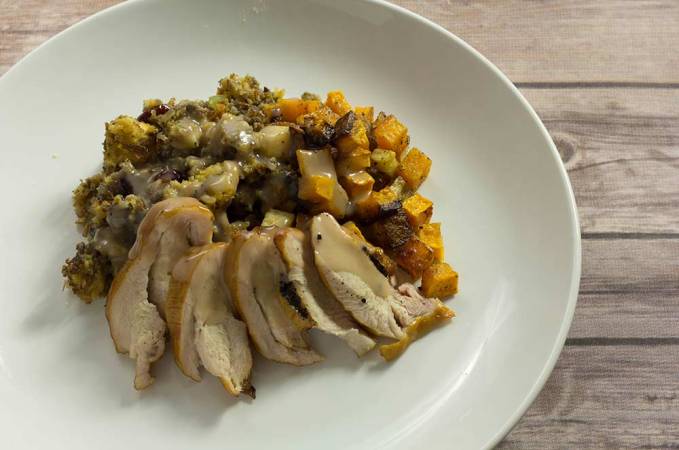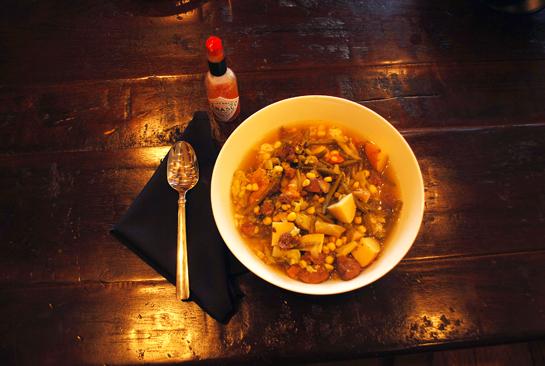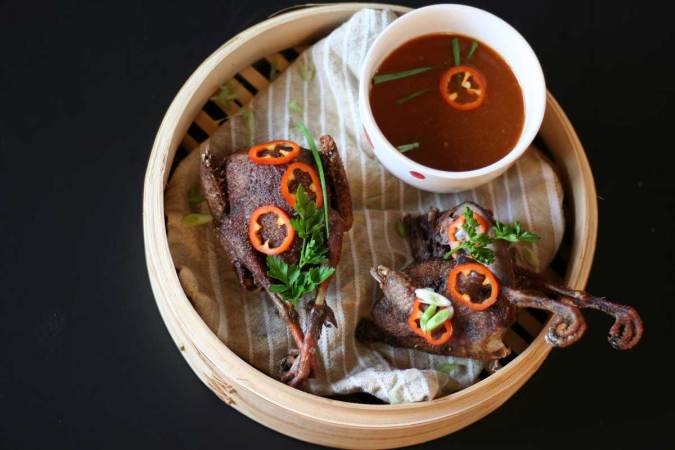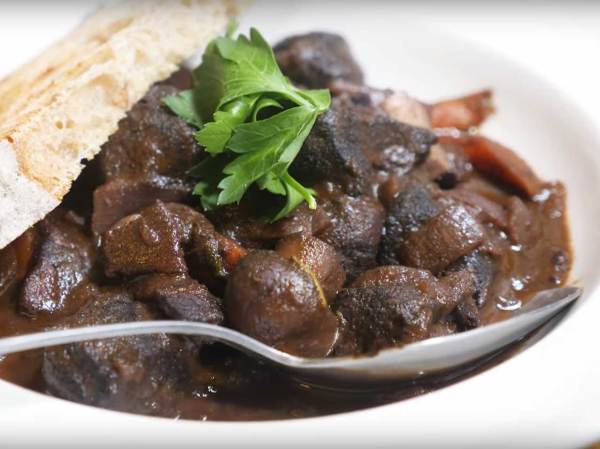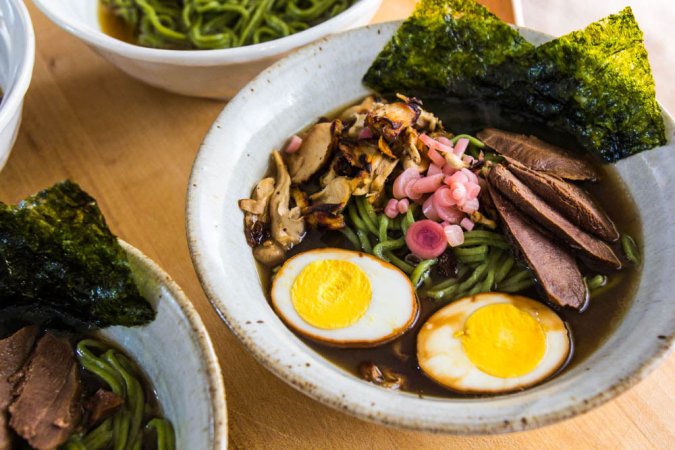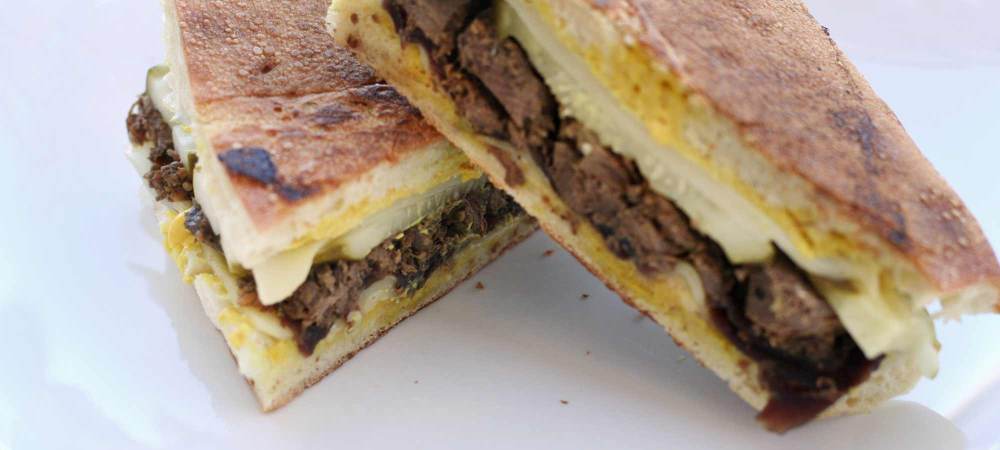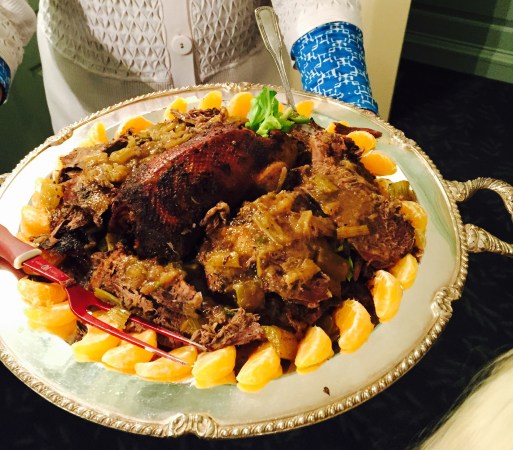Just about everything involved in waterfowling is designed to separate your money from your bank account. It’s a gear-heavy pursuit, with equipment like boats and waders that spend a ton of time partially submerged and subject to any number of hazards. Beaver stumps, branches, and the gnarled roots of long-forgotten trees tear and snag and disrupt. Gasoline, hotels, food, guns, shells, decoys, and licenses all conspire to make every outing cost a little more than you’d planned. That’s to say nothing of the amount of time and thought invested throughout your year—especially in punctuated burst of insanity during season. Waterfowlers spend days slogging in difficult conditions with heavy gear. We trek through the woods and the bayous and the fields, all in pursuit of a quack.
Those costs and those efforts will not change. We endure this because we are forced to, by love or compulsion. We can mitigate the expenditure, to some degree, by taking care of our gear to prolong its usefulness, repairing it when we are able. Beyond that, our best and most effective means of keeping costs in check is to maximize the yield from each bird. That means moving beyond only taking the breast meat. When you realize that you can pretty easily get multiple meals from a big mallard or a reasonably-sized specklebelly, a limit of birds suddenly becomes not just a snack, but a windfall.
Read Next: The Best Ducks to Eat, and How to Cook the Ones You Think You Can’t
Simply put, if you’re only breasting out ducks and geese after a successful hunt, you’re letting a ton of flavor, and several potentially phenomenal meals, fall by the wayside. You’re also letting the price per pound of that bird skyrocket to the caviar and champagne stratosphere. You can bring the cost back down to terrestrial levels by approaching the cleaning process differently.
Generally, with ducks, I pluck dabblers and I skin divers. With geese, it’s more species specific: I normally pluck white fronted geese and skin light geese. Obviously, plucking birds is more labor intensive, but I find that the extra flavor and cooking options the skin and fat provide are absolutely worth the effort. Diving ducks can carry a lot of that off-putting “fishy” taste in their skin and fat; skinning them first removes most of that unwelcome flavor, with the added bonus of being a super-fast way to process a whole bird.
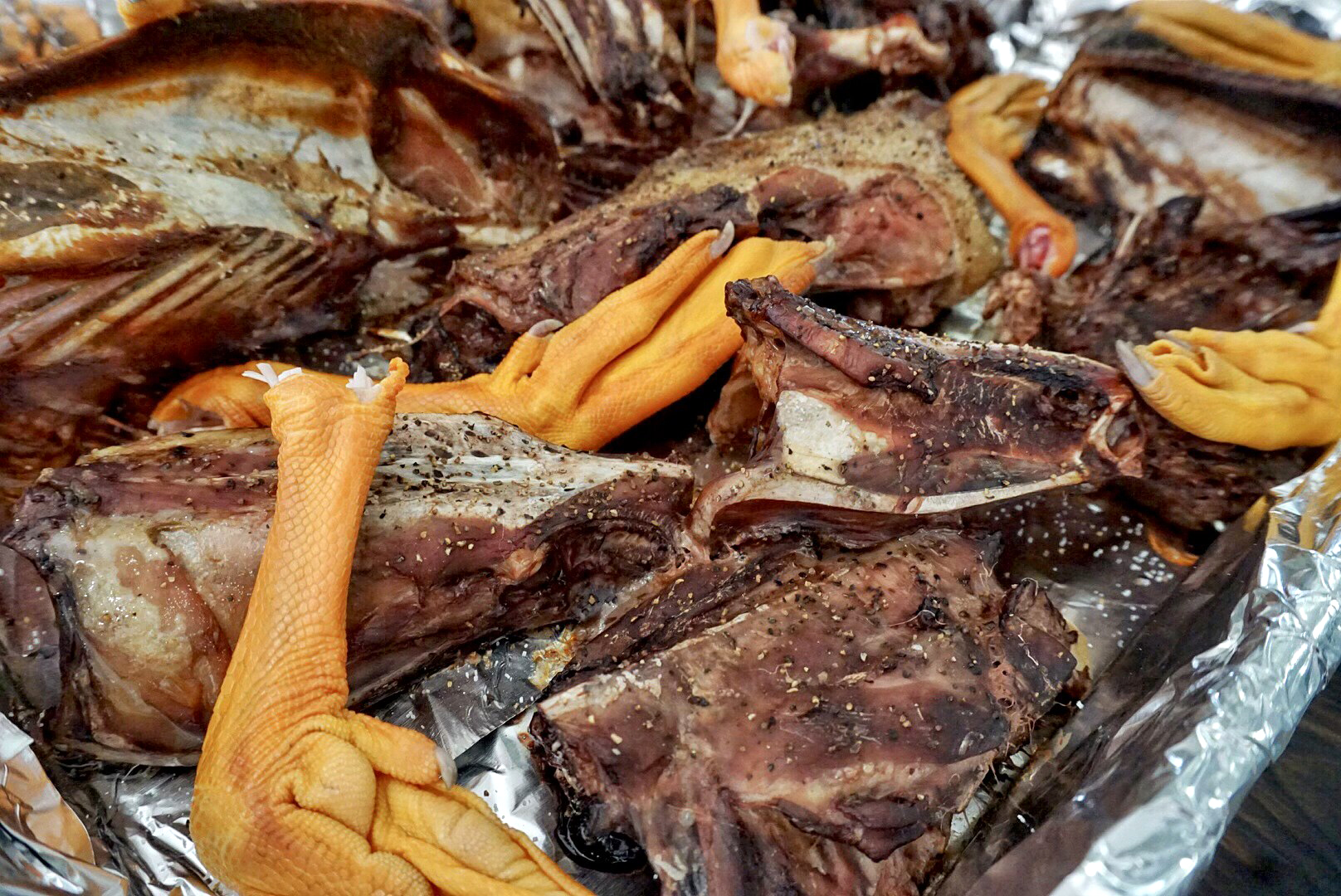
Whichever method you choose, once you have a whole bird, you can start breaking it down into its separate components, with the meals you want to cook in mind. At my house, it usually goes like this:
Breasts are removed to be cooked as steaks. The tenders—the little slip of meat between the breast and the sternum—all go into a pile to be used in stir fry. The leg and thigh are removed as one piece to be cooked low and slow, most often in a braise or gumbo. The wings get thrown on the pellet smoker for a bit, and then are used like ham hocks when cooking beans or greens. Hearts can be seared quickly, like little bite-sized steaks or minced fine along with the liver and gizzard for a batch of dirty rice. The carcass is cut into 3 or 4 pieces and roasted in a hot oven before simmering all day in a pot along with the birds’ well-scrubbed webbed feet, to make a silky and flavorful stock.
Read Next: The Story of Black Duck Revival
There’s not much for the buzzards when you go about it like that. This approach turns four mallards and two woods ducks—my idea of an Arkansas limit—into:
- 6 steak dinners (breasts)
- 6 serving of dirty rice (giblets)
- 6 servings of smokey duck beans (wings)
- 6 servings of gumbo (legs, thighs and stock)
- 1 serving of stirfry (tenders)
I realize that not everyone is going to want to make duck-foot soup or even eat giblets, but there is a wealth of culinary opportunity in every single bird that we’re lucky enough to drop from the sky. It also just makes good financial sense to get a few extra meals every time we connect with our quarry. The more meals per bird, the more opportunity to spend time with the people we value most. We share wild game with folks that we care about. A pot of gumbo eaten with friends or family maximizes the yield from a successful hunt in more ways than one, and pays a return not easily quantified.
Jonathan Wilkins owns and operates Black Duck Revival in Brinkley, Arkansas. You can follow him on Instagram @blackduckrevival.
